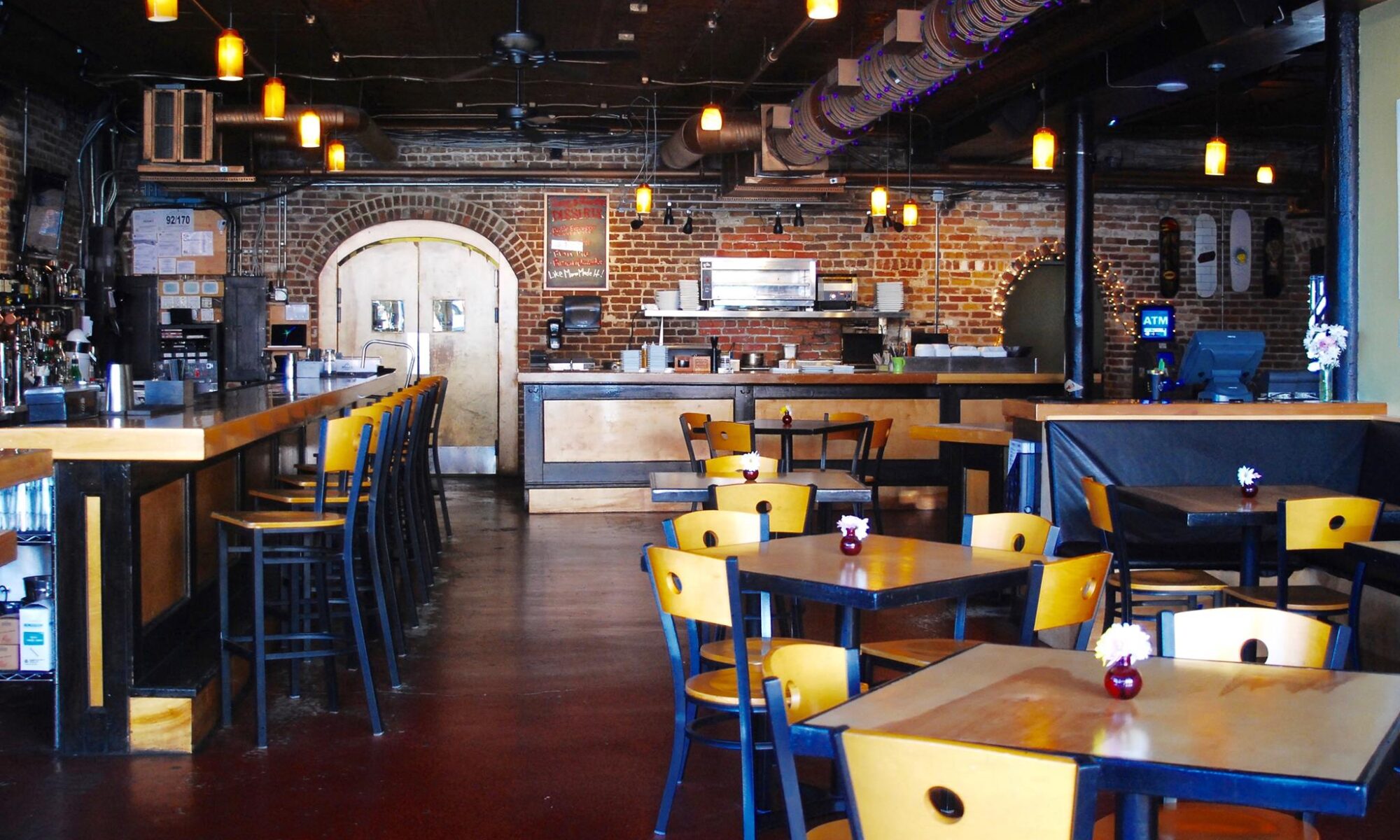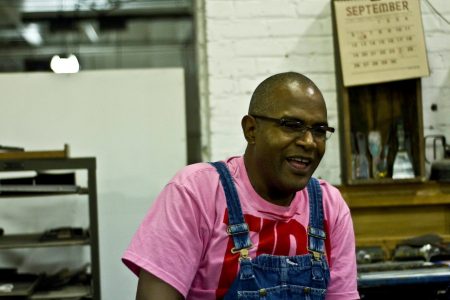AMOS PAUL KENNEDY, JUNIOR was a successful computer programmer for AT&T when he saw a printing press at colonial Williamsburg, Virginia, and stopped in his tracks. At age 40, he decided that his corporate life was over. He had found his calling, he says, as a printer and provocateur. He now runs a highly regarded letterpress poster shop in the town of Gordo, Alabama, and is a vibrant example of the revival of handmade crafts.
The artist is a tall man who is unafraid of asking uncomfortable questions about race and artistic pretension. His trademark blue overalls (with a pink dress shirt) are meant to reaffirm his self-described identity as “a humble Negro printer”. This is more than a bit disingenuous, but Mr Kennedy likes to provoke.
Mr Kennedy trained as a fine printer in the MFA programme at the University of Wisconsin, before embarking on the more unorthodox route of printing posters on chipboard for the masses. He shed a middle-class existence and family on the way.
They make people think differently about what art can be, and what kinds of things should be on posters. Mr Kennedy asks art students why they should make a book that costs $500 if it will only sit in a library vault, to be handled with white gloves if the librarian deems you worthy. Art instead should be “Cash and carry”: Mr Kennedy drives a small-proof press in the bed of a pickup to local fairs, and sells what he prints there. On many topics he is coy, letting the idea that art should be affordable, for instance, or that his own work is a kind of job, be carried by other voices.
A main preoccupation, however, is race. In a short-lived experience in academia, as an assistant professor of art at Indiana University, Mr Kennedy was incensed over being called a “minority hire”. Mr Kennedy’s creative response: he printed a card stating “Affirmative Action Is a Joke” and sent it to the campus’s affirmative-action office. The card, like many of his works, featured a small, racist image, the head of Aunt Jemima (he also uses minstrel and Sambo faces, and Africans drumming). When asked if he understood the recipients had viewed the anonymous letter as a threat, Mr Kennedy responds: “I’m an artist. It’s art.” Mr Kennedy, too, is no stranger to activism as performance: he arrives at the police station dragging a black lawn jockey called “Shine”, which he introduces as his mascot.
“Amos was always getting into mischief,” his mother says. “His goal is a direct assault on your sensibility,” says Cliff Meador, head of the masters programme in book arts at Columbia College in Chicago. “His posters are beautiful, provocative, powerful. Beauty is a way to get through people’s defence mechanisms so they can begin to engage with really difficult content.”

